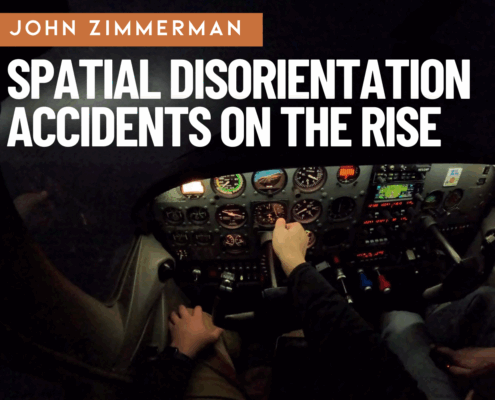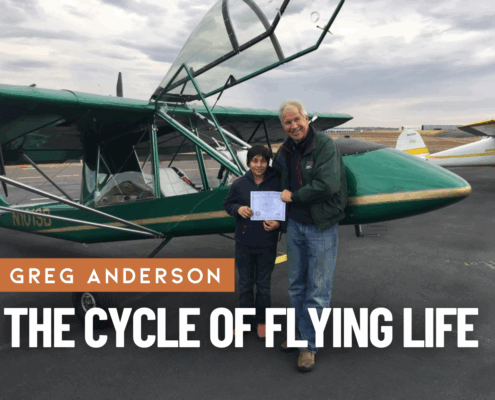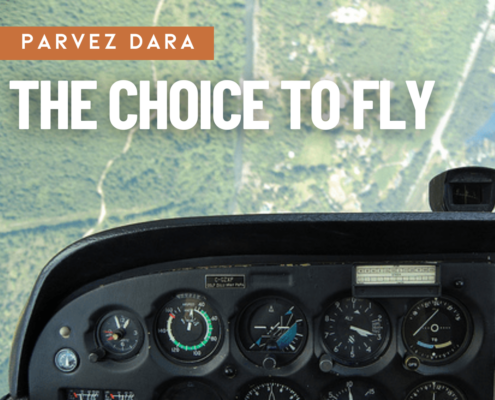 https://media.airfactsjournal.com/wp-content/uploads/2015/02/06172334/Nauru-island-runway.jpg
451
673
John Laming
https://media.airfactsjournal.com/wp-content/uploads/2024/09/03140241/AF_Logo_24.png
John Laming2015-07-08 17:50:152017-09-06 12:35:02On your own – airline flying in the South Pacific before GPS
https://media.airfactsjournal.com/wp-content/uploads/2015/02/06172334/Nauru-island-runway.jpg
451
673
John Laming
https://media.airfactsjournal.com/wp-content/uploads/2024/09/03140241/AF_Logo_24.png
John Laming2015-07-08 17:50:152017-09-06 12:35:02On your own – airline flying in the South Pacific before GPSNEW ARTICLES
OUR MOST RECENT POSTS
Air Facts was first published in 1938 by Leighton Collins, dedicated to “the development of private air transportation.” It’s a different world now, and it’s a different Air Facts. Relaunched in 2011 as an online journal, Air Facts still champions, educates, informs and entertains pilots worldwide with real-world flying experiences. More…
 https://media.airfactsjournal.com/wp-content/uploads/2015/02/06172334/Nauru-island-runway.jpg
451
673
John Laming
https://media.airfactsjournal.com/wp-content/uploads/2024/09/03140241/AF_Logo_24.png
John Laming2015-07-08 17:50:152017-09-06 12:35:02On your own – airline flying in the South Pacific before GPS
https://media.airfactsjournal.com/wp-content/uploads/2015/02/06172334/Nauru-island-runway.jpg
451
673
John Laming
https://media.airfactsjournal.com/wp-content/uploads/2024/09/03140241/AF_Logo_24.png
John Laming2015-07-08 17:50:152017-09-06 12:35:02On your own – airline flying in the South Pacific before GPS
Flying on the ground – 7 tips on staying current
TechniqueWhat can I do, a measly college student, who can only fly every so often? How can I stay current and make sure that the next time I sit behind the yoke again, be it tomorrow or a year from now, I can be assured I’ll know what to do?

The rockets’ red glare: a July 4th landing to remember
I Can't Believe I Did ThatSliding quietly past the last of the Quonset buildings, and with 40-degrees of Cessna’s barn door Fowler flaps hanging out, I was pretty well committed at that point. I was ready for the touchdown, probably three or four feet above the grass runway, when the whole world exploded directly in front of the heavy Cessna.

Comparing your dreams – why owning an airplane is worth it
OpinionWhat we love about these aeroplanes is how we feel when we are inside them, travelling across wide open spaces, chasing small puffy clouds or even just mastering two landings in a row without the instructor grabbing the yoke. It’s nice to have a beautiful interior, modern avionics and a super modern profile. But what’s more important is being able to fly, safely and passionately.

My first (intentional) spin
I was there“I thought today we would begin unusual attitude recoveries, and transition into spins and spin recovery.” I was torn between saying, “No thanks, I only came here for the tailwheel endorsement,” and saying, “That’s exactly what I need to work on!” So I said nothing, climbed in, and fastened my seatbelt, perhaps just a little tighter than usual.

My encounter with a thunder cloud
I Can't Believe I Did ThatMy plane entered a pitch dark cloud. Instinctively I took three rapid steps: reduced velocity below VA; turned on the instrument and panel lights; and put the oxygen valve on full demand. Soon hell's doors were open.
John’s Blog

Why are spatial disorientation accidents on the rise?
John's blogResearchers from the FAA show that SD accidents have not declined since 2003—in fact, quite the opposite. You might assume the widespread adoption of tools like datalink weather, modern autopilots, reliable AHRS, and electronic flight bag apps would make VFR-into-IMC (the classic SD accident scenario) much less common. It’s a great theory, but the numbers don’t support it.

The aviation community is alive and well
John's blogBefore the expletive could even leave my mouth, one of the FBO employees offered to lend me the crew car. I assumed the crew car option would be impossible, or at least impossibly bad manners, since the round trip would be nearly two hours and the FBO was closing soon. But he wouldn’t hear it: “take all the time you need and just drop the keys off with the night security guard. We appreciate your business.”

The Starlink era is here—will we regret it?
John's blogThis promises to be a major advancement in cockpit technology, with benefits for pilots and passengers alike. But before diving headfirst into the Starlink pool, it would be wise to pause for just a moment and contemplate what we might lose. Don’t worry, I’m no Luddite and I’m not here to scare anyone away from an exciting new gadget. I am, however, an observer with enough experience to have seen technological breakthroughs bring unintended consequences. I fear that may happen here.
I Can’t Believe I Did That

A Quarter Tank and a Prayer
I Can't Believe I Did ThatI was watching the fuel gauges drop before my eyes. I elected to continue to ECG rather than turn back. I was on a direct course. The Norfolk controller wished me luck—not the most reassuring sign—and handed me off to ECG Tower, who had already been briefed.

Trial by Ice
I Can't Believe I Did That, I was thereThe most valuable lesson I learned from the “School of Hard Knocks” had nothing to do with weather or instrument flying. The “trial by ice” was a lesson in the awesome responsibility that comes from occupying the left seat of an airplane, regardless of its size. It also taught me to recognize those rare and unusual emergency situations when going by the book is not safe, and when deviating from standard operating procedures or the Federal Air Regulations is not only warranted, but imperative.

I Am UNSAFE Checklist—Lessons Learned on a Fateful Night
I Can't Believe I Did ThatVery soon I was on the approach and thought I could still make 06C. The ATIS called out the overcast at 800’ AGL, the minimum I needed (mistake #5—not mine, but it counted anyway.) I held at 800’, assuming I’d see the runway lights below me and then I could continue to 06C. As I crossed the runway threshold, it was solid IMC and I had to go missed. I asked the Tower what the current ceiling was, and the response was that the ATIS was old and the ceiling was actually 400’ and you’ll have to go around.
Opinion

The Cycle of Flying Life
OpinionMemories of first flights will include astonishing detail. That first transition—from wheels to wings—is a sensory overload, an oh-my-gosh experience. Most will remember where, when, and what type airplane. Sights, sounds, even smells. And, of course, special thoughts are reserved for the pilot who gave them their first flight.

Chain of Trust
OpinionIf there is one aspect of general aviation I’ve learned over my relatively short stint aloft, it’s that the safety of any flight is not just dependent solely on the decisions I make, but also on the ones others have made for me—without my knowledge or even consent. In fact, all of general aviation relies on an implicit chain of trust that, when broken, can and does result in dire consequences.

The Choice to Fly
OpinionNow we were nose-down, spinning, and rapidly losing altitude. The earth swirled in the windshield, the tall pines below getting closer. I don’t remember how many turns we made, but somewhere between the second one and the top of those trees, he cut the power and stopped the rotation. We were still descending fast. Sweat poured down my face, driven by the sudden surge of fear, my novice brain gripped by self-preservation.
More Articles
Recent Posts
Email newsletter
Write for us!
Did you know that most of the articles at Air Facts are written by readers like you? You do not have to be Richard Collins or Ernest Gann – simply a GA pilot with a story you’d share with friends sitting in the hangar.

